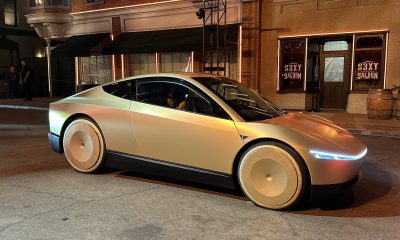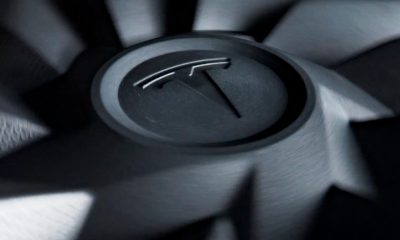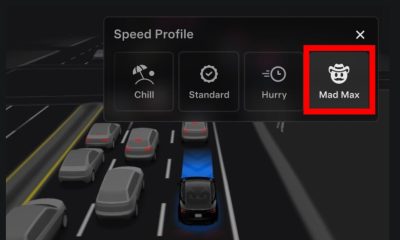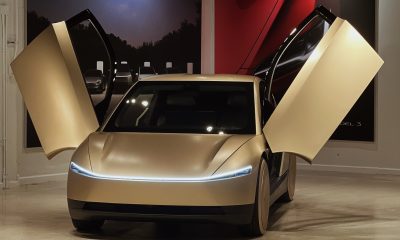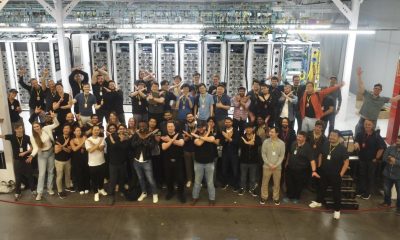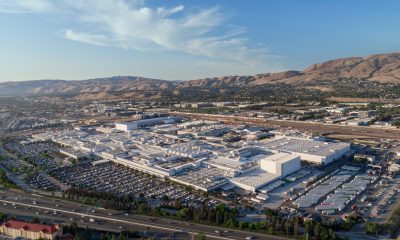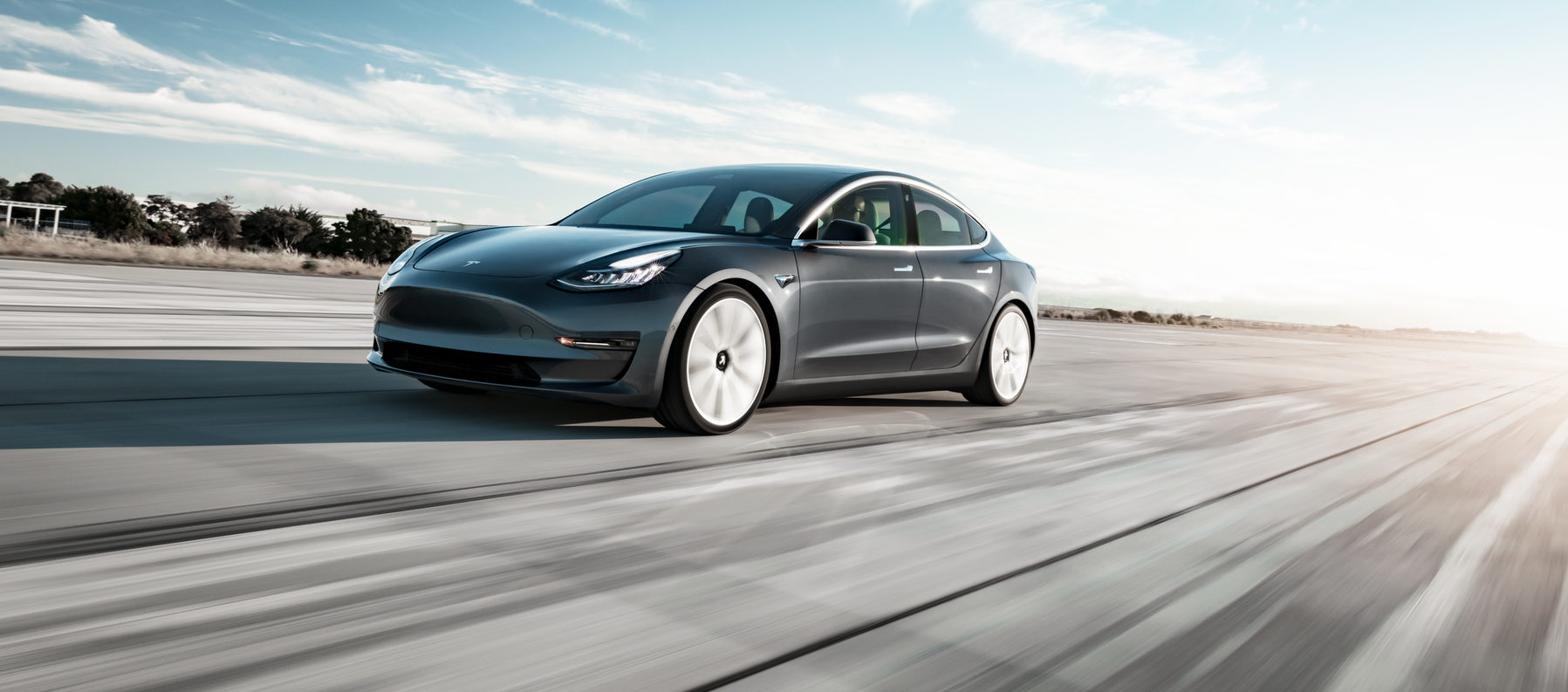
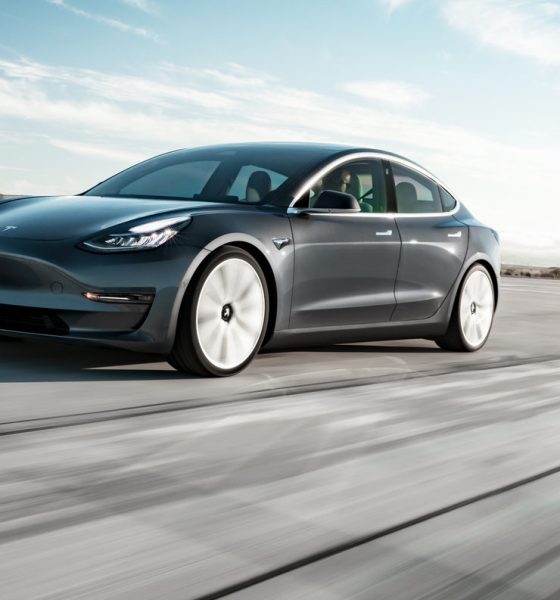
Investor's Corner
TSLA’s resilience in the stock market is partly due to the ‘Tesla Killers” failure
To say that the last few months have been a roller coaster ride for Tesla is an understatement. Just a few months ago, Tesla stock (NASDAQ:TSLA) was closing in on trading below $250 per share, and it was being bashed by a continuous stream of criticism from Wall Street. One analyst even called Tesla “no longer investable” due to Elon Musk’s behavior on Twitter. Short-sellers bet on a dramatic drop, with one stating that it was apparent “Tesla is having difficulties paying their bills.”
And yet, no dramatic drop happened. The company surprised Wall Street by posting $6.8 billion in revenue in the third quarter instead, and the stock has been up since then. Today, TSLA is trading near the $370 level, close to the highs it achieved on the day Elon Musk posted his now-infamous “funding secured” tweet. After a year of volatility, Tesla stock is up nearly 18% as of Wednesday’s close. That’s quite notable, considering that the S&P 500 is down 1.4% this year so far.
Apart from the company’s improving fundamentals, a good part of the Tesla narrative today is the company’s lead in the electric car market. One of the most notable bear thesis against the company is the notion that once legacy automakers decide to dip their feet into the production of EVs, Tesla would be overwhelmed and outgunned. Several automakers did release their first premium all-electric cars this year. But instead of overwhelming Tesla with their expertise (hence the term “Tesla Killer”), legacy auto’s first EVs have fallen short of the standards set by the Silicon Valley-based electric car maker.
In a recent note, Oppenheimer analyst Colin Rusch admonished traditional carmakers and their electric creations, stating that they present what could be described as a “slow and disappointing” competition for Tesla. JMP Securities analyst Joseph Osha was a bit more direct than Rusch, remarking that “It is incredible to me, at the end of 2018, that the major automakers still haven’t figured out how to respond competitively to Tesla.”
Tesla’s vehicles compete on the luxury segment, where brands such as Mercedes-Benz, BMW, and Audi are reigning. This year, three notable premium electric cars emerged by legacy carmakers — the Mercedes-Benz EQC, the Audi e-tron, and the Jaguar I-PACE — and while each is an admirable vehicle on their own, the EVs themselves include flaws that make them inferior to Tesla. Both the EQC and the e-tron incited questions about their real range when the vehicles were unveiled, and the Jaguar I-PACE, despite being well-received by critics, is far less efficient than an older Tesla Model X.
Tesla’s lead in the electric car segment was even acknowledged by UBS, which has a history of taking a bearish stance on the electric car maker. Following a teardown of the vehicle and a comparison between the Model 3 and competitors like the BMW i3 and the Chevy Bolt, UBS concluded that instead of being the underdog in the EV market, “Tesla has won the race and leads the championship,” thanks to its superior battery, powertrain, and overall tech.
As Tesla approaches the end of what could be yet another impressive quarter, the company continues to garner votes of confidence from Wall Street. Just recently, Baird analyst Ben Kallo reiterated his “Outperform” rating on TSLA stock while raising his price target from $411 to $465. Kallo cited the strengthening narrative surrounding the company, which changed from negative to positive in recent months.
“We believe the narrative will continue to change from ‘TSLA will never make money’ to ‘TSLA can be sustainably profitable,’” Kallo wrote in a note Thursday. “The narrative on TSLA, particularly in the middle of 2018, was as negative as we have experienced in our coverage, but we believe sentiment will continue to improve as the company proves it can be self-supportive, which should drive sustained share appreciation,” Kallo wrote.
With competitors only highlighting Tesla’s lead in the EV market, the potential of Tesla in the global stage remains vast. The Model 3 alone, which continues to sell well despite the US’ preference for pickup trucks and SUVs, is expected to be popular in Europe, whose sedan market is notably larger than that of America. With these factors in play, as well as the absence of notable competition from fellow luxury carmakers in the near future, the next year could prove to be one impressive ride for Tesla.
As of writing, Tesla is trading +1.20% at $371.01 per share.
Disclosure: I have no ownership in shares of TSLA and have no plans to initiate any positions within 72 hours.
Elon Musk
Tesla analyst: ‘near zero chance’ Elon Musk’s $1T comp package is rejected
“There is a near-zero chance that $TSLA shareholders will vote down Elon’s new proposed comp plan at the Nov 6 shareholders’ meeting.”
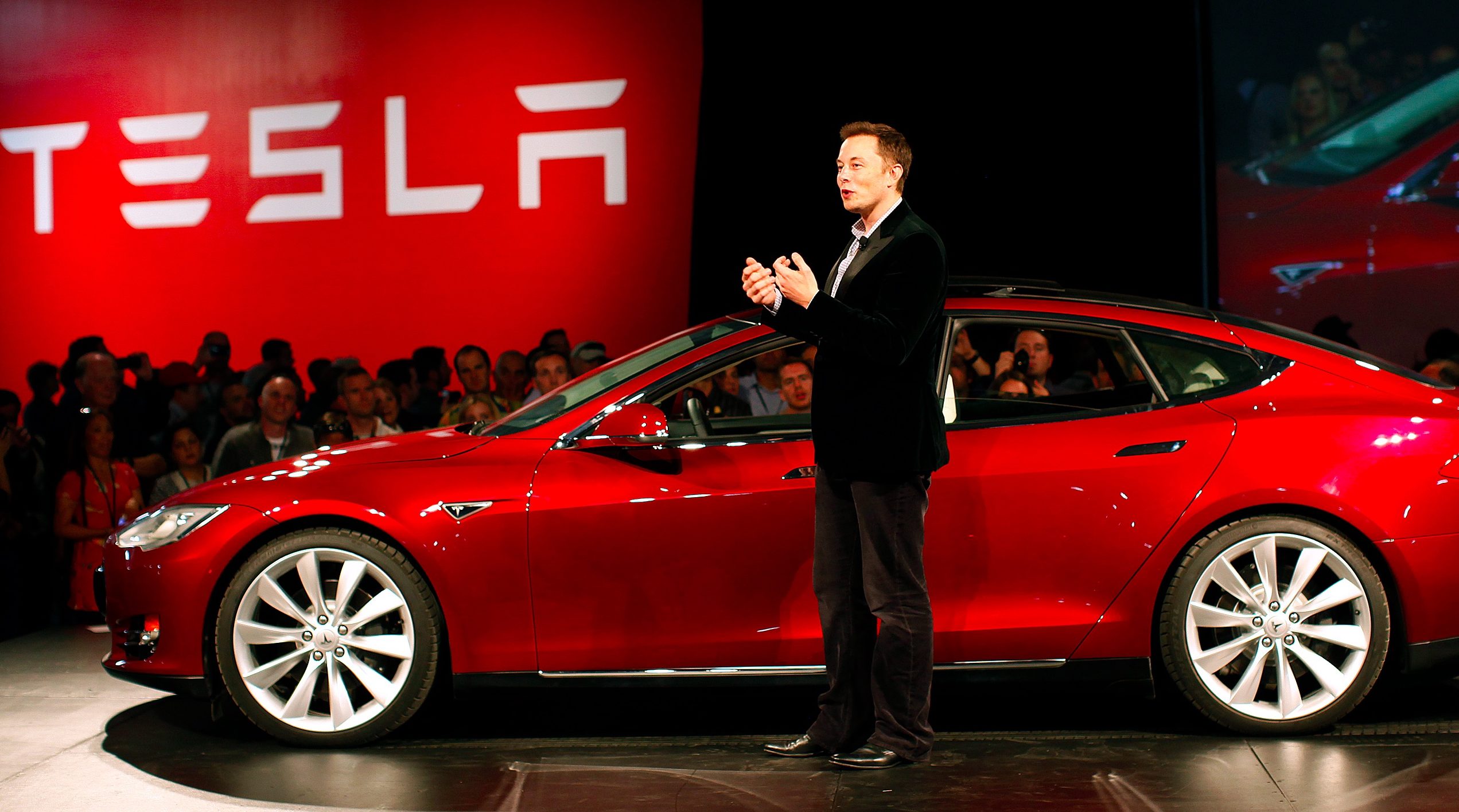
A Tesla analyst says there is “zero chance” that CEO Elon Musk’s new compensation package is rejected, a testament to the loyalty and belief many shareholders and investors have in the frontman.
Tesla investors will vote on November 6 at the annual Shareholder Meeting to approve a new compensation package for Musk, revealed by the company’s Board of Directors earlier this month.
The package, if approved, would give Musk the opportunity to earn $1 trillion in stock, an ownership concentration of over 27 percent (a major request of Musk’s), and a solidified future at the company.
The Tesla Community on X, the social media platform Musk bought in 2023, is overwhelmingly in favor of the pay package, though a handful of skeptics remain.
Nevertheless, the big pulls of this vote are held by proxy firms and other large-scale investors. Two of them, Institutional Shareholder Services (ISS) and Glass Lewis, said they would be voting against Musk’s proposed compensation plan.
Tesla CEO Elon Musk’s $1 trillion pay package hits first adversity from proxy firm
Today, the State Board of Administration of Florida (SBA) said it would vote in favor of Musk’s newly-proposed pay day, making it the first large-scale shareholder to announce it would support the CEO’s pay.
One analyst said that Musk’s payday is inevitable. Gary Black of the Future Fund said today there is a “near-zero chance” that shareholders will allow Musk’s pay package to be rejected:
“There is a near-zero chance that $TSLA shareholders will vote down Elon’s new proposed comp plan at the Nov 6 shareholders’ meeting.”
He added an alternative perspective from Wedbush’s Dan Ives, who said that he had a better chance of starting for the New York Yankees than the comp package not being approved.
There is a near zero chance that $TSLA shareholders will vote down Elon’s new proposed comp plan at the Nov 6 shareholders’ meeting. As Wedbush analyst Dan Ives (@divestech) colorfully put it in a Yahoo Finance interview on October 23rd: “I have a better chance of starting for…
— Gary Black (@garyblack00) October 27, 2025
Black’s the Future Fund sold its Tesla holdings earlier this year. He explained that the firm believed the company’s valuation was too disconnected from fundamentals, citing the P/E ratio of 188x and declining earnings estimates.
The firm maintained its $310 price target, and shares were trading at $356.90 that day.
Shares closed at $452.42 today.
The latest predictions from betting platform Kalshi have shown Musk’s comp package has a 94 percent chance of being approved:
— Kalshi (@Kalshi) October 20, 2025
Investor's Corner
Tesla analysts are expecting big things from the stock

Tesla analysts are expecting big things from the stock (NASDAQ: TSLA) after many firms made price target adjustments following the Q3 Earnings Call.
Last Wednesday, Tesla reported earnings with record revenue but missed EPS estimates.
It blew delivery expectations out of the water with its strongest quarter in company history, but Tesla’s future relies on the development of autonomous vehicles, robotics, and AI, which many bullish firms highlight as major strengths.
The earnings call reiterated those points, along with the belief that Tesla CEO Elon Musk should be rewarded with a newly proposed pay package that would enable him to gain $1 trillion in wealth if he comes through on a lengthy list of performance tranches.
Nine Wall Street firms made adjustments to their outlook on Tesla shares in the form of price target increases since last Wednesday’s call, all of which are indications of big expectations for the stock moving forward.
Here are the nine firms that made moves:
- Truist – $280 to $406, reiterated Hold rating
- Roth MKM – $395 to $404, reiterated Buy rating
- Cantor Fitzgerald – $355 to $510, reiterated Overweight rating
- Deutsche Bank – $435 to $440, reiterated Buy rating
- Mizhuo – $450 to $485, reiterated Outperform rating
- New Street Research – $465 to $520, reiterated Buy rating
- Evercore ISI – $235 to $300, reiterated In Line rating
- Freedom Capital Markets – $338 to $406, upgraded to Hold rating
- China Renaissance – $349 to $380, reiterated Hold rating
The boosts in price target are largely due to Tesla’s future projects, as Roth MKM, Cantor Fitzgerald, Mizuho, New Street Research, and Evercore ISI all explicitly mention Tesla’s autonomy, robotics, and AI potential as the main factors for its price target boosts.
Cantor Fitzgerald raises Tesla PT To $510, citing Cybercab, Semi, and AI momentum
It is no surprise that many firms are adjusting their outlook on Tesla shares considerably in an effort to prepare for the company’s transition to even more of a tech company than a car company.
The issue with many analysts is that they treat the company’s vehicle deliveries as the main indicator of value.
However, Tesla has a robust energy division, which was a major contributor to the company’s strong margins and gross profit in Q3, as well as its prowess in robotics and AI.
Additionally, the company is seen as a key player in the autonomy field, especially after launching driverless rides on a Robotaxi platform in Austin and expanding a similar program in the Bay Area.
Tesla shares were up over 5 percent at 12:18 p.m. on the East Coast.
Investor's Corner
Tesla warns Elon Musk could step down if shareholders reject pay plan
Denholm’s letter emphasized Tesla is at a “critical inflection point” as it scales AI-driven projects such as Full Self-Driving (FSD) and Optimus.
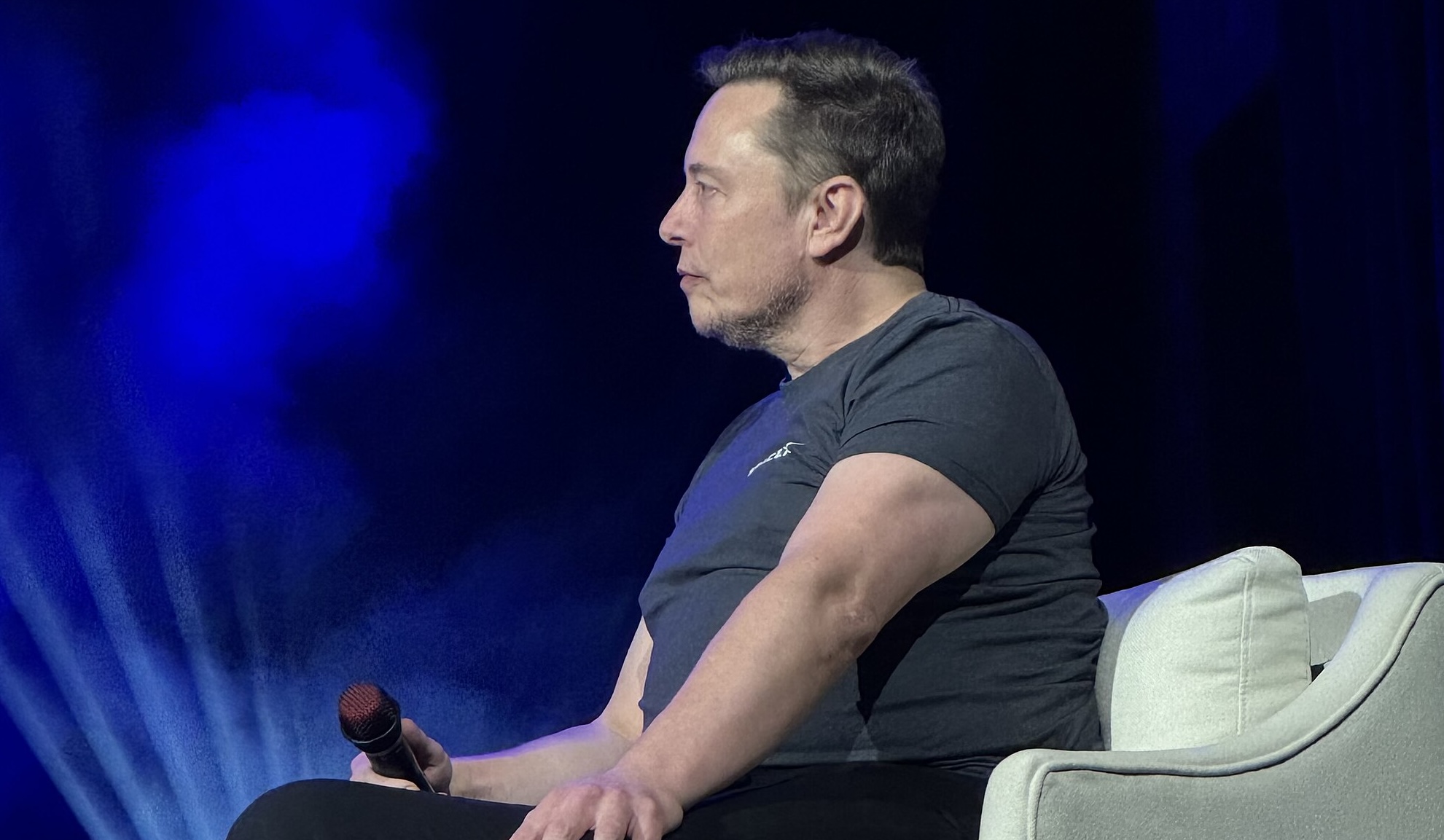
Tesla Board Chair Robyn Denholm has urged shareholders to approve CEO Elon Musk’s new 2025 Performance Award ahead of the November 6 Annual Meeting, warning that rejecting it could risk losing his leadership.
In a letter posted on Tesla’s official handle on X, Denholm stated that the company must “foster an environment that motivates Elon to achieve great things,” or risk losing “his time, talent, and vision,” which she described as essential to Tesla’s success.
Retaining Musk amid Tesla’s critical transition
Denholm’s letter emphasized Tesla is at a “critical inflection point” as it scales AI-driven projects such as Full Self-Driving (FSD) and Optimus. She argued that Musk’s leadership remains vital as Tesla pushes toward becoming “the leading provider of autonomous solutions and the most valuable company in the world.” Without a new performance-based plan, Denholm warned, Musk could step away, potentially costing Tesla significant long-term value.
“If we fail to foster an environment that motivates Elon to achieve great things through an equitable pay-for-performance plan, we run the risk that he gives up his executive position, and Tesla may lose his time, talent, and vision, which have been essential to delivering extraordinary shareholder returns,” the Tesla Board Chair stated.
The board’s proposed 2025 Performance Award aligns Musk’s compensation with ambitious targets while extending his commitment for at least 7.5 more years. Denholm stated that the vote is a defining moment for Tesla’s future direction, adding that the plan was designed to keep Musk focused on innovation while maintaining governance discipline. “A vote here is both an endorsement of Elon’s vision and a vote for Tesla’s carefully tailored strategy,” she said.
Musk’s pay history is rooted in performance
Elon Musk’s pay history with Tesla has long been unconventional. For years, he has declined a regular salary, instead directly tying his earnings to Tesla’s ability to meet ambitious production and market-value goals. His 2018 performance award, approved by shareholders at a time when Tesla had a market cap of just about $59 billion, granted him stock options only when Tesla reached aggressive growth milestones, such as growing the company’s market cap to $650 billion.
At the time, the milestones included $50 billion additions to Tesla’s market cap, which were considered by many to be unrealistic. Those goals were ultimately met by the electric vehicle maker, but a Delaware court later rescinded the plan in January 2024, calling it an “unfathomable sum.”
Tesla shareholders reaffirmed support for Musk’s pay in 2024, even as legal disputes continued. The board then issued an interim equity package valued around $29 billion while developing a new long-term plan earlier this year. Since then, Tesla’s Board has proposed Musk’s 2025 CEO Performance Award, which could be worth nearly $1 trillion, but only if Musk were to grow Tesla into the world’s most valuable company with a market cap of $8.5 trillion, among other aggressive and ambitious targets.
-
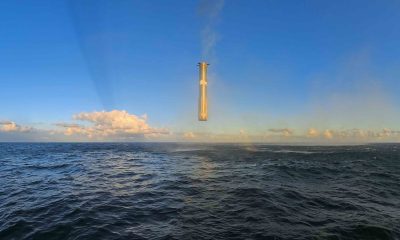
 Elon Musk2 weeks ago
Elon Musk2 weeks agoSpaceX posts Starship booster feat that’s so nutty, it doesn’t even look real
-
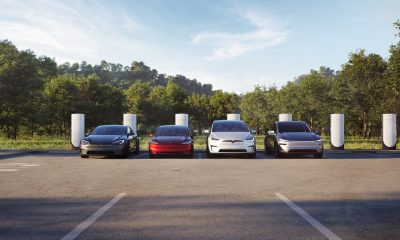
 Elon Musk2 weeks ago
Elon Musk2 weeks agoTesla Full Self-Driving gets an offer to be insured for ‘almost free’
-
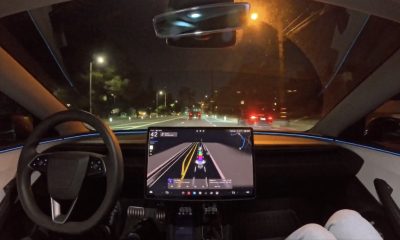
 News1 week ago
News1 week agoElon Musk confirms Tesla FSD V14.2 will see widespread rollout
-

 News2 weeks ago
News2 weeks agoTesla is adding an interesting feature to its centerscreen in a coming update
-
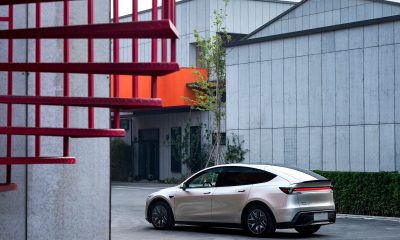
 News2 weeks ago
News2 weeks agoTesla launches new interior option for Model Y
-
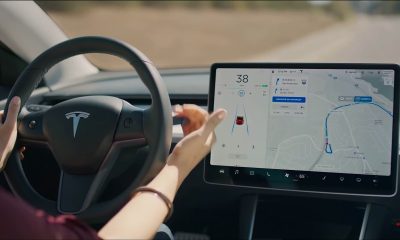
 News2 weeks ago
News2 weeks agoTesla widens rollout of new Full Self-Driving suite to more owners
-
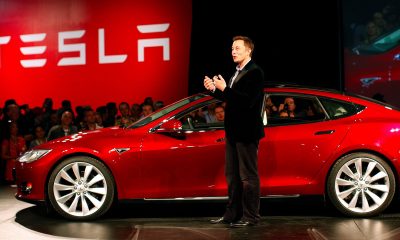
 Elon Musk2 weeks ago
Elon Musk2 weeks agoTesla CEO Elon Musk’s $1 trillion pay package hits first adversity from proxy firm
-

 News1 week ago
News1 week agoTesla might be doing away with a long-included feature with its vehicles


